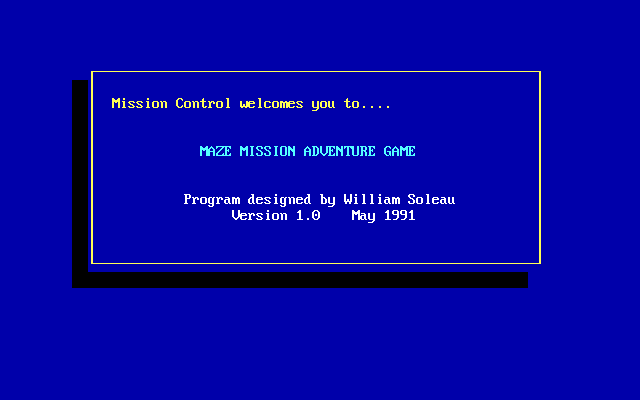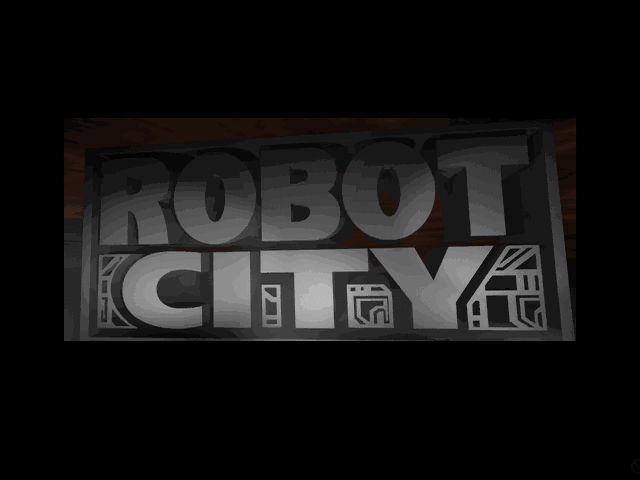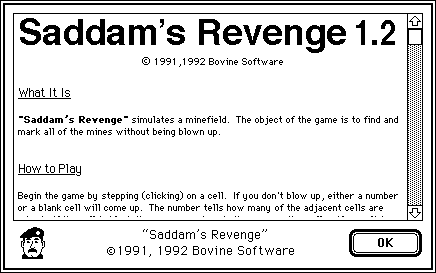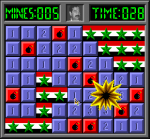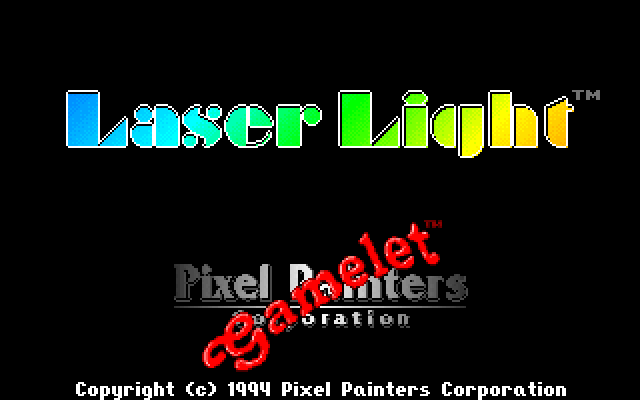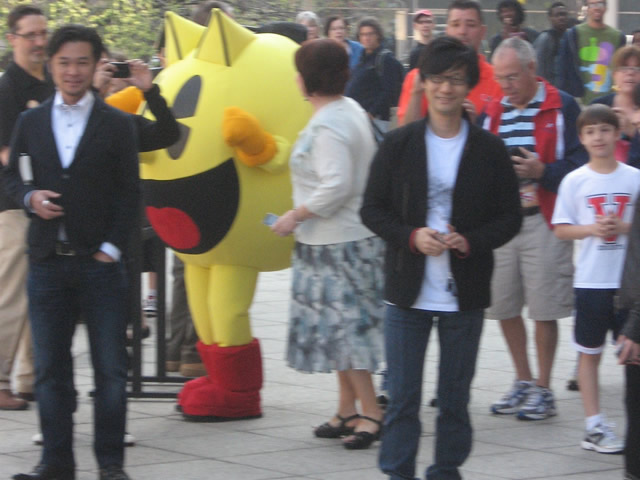A very happy Obscuriversary! 

I used this image in my first test post because I needed something that was 640×480 to test the site width. Thanks NASA!
According to the “Hello World” post that WordPress made, I started The Obscuritory four years ago today!
I started this blog on a lark because of my increasing interest in CD-ROM games at the time, and I honestly just expected it’d fizzle out after I lost interest. And it did, at least twice. I rebooted this blog several times before I finally figured out a style that worked for me and that people enjoyed reading, and it was worth putting in the effort.
I’ll be the first to acknowledge how sporadic the updates are, but having The Obscuritory as outlet for me to talk about old, forgotten games has been exciting and liberating. I really did not think I would follow through on it, but here we are. Thanks for reading if you have!

